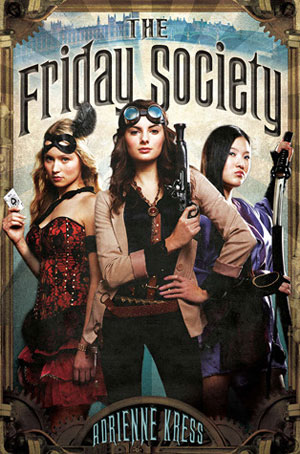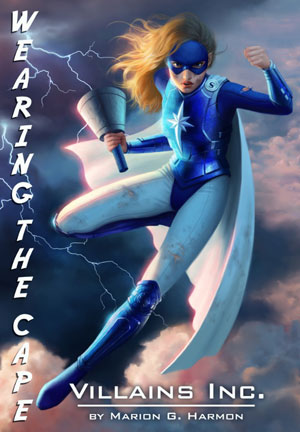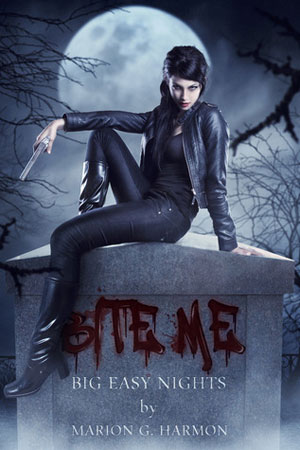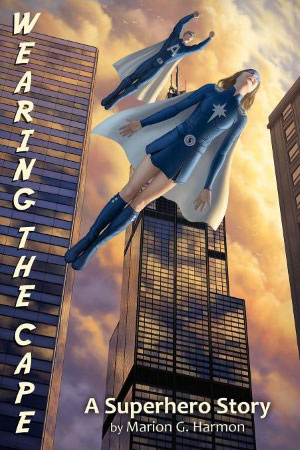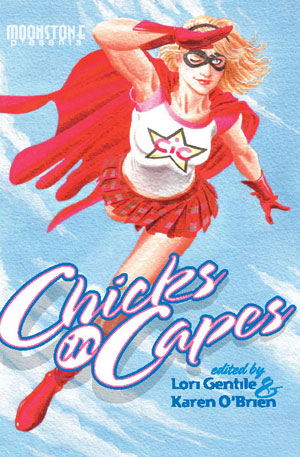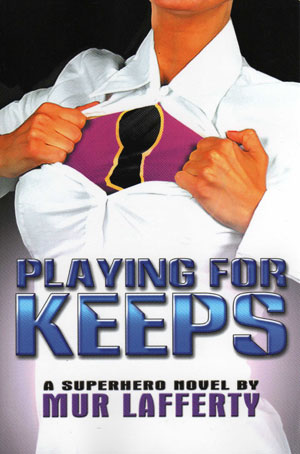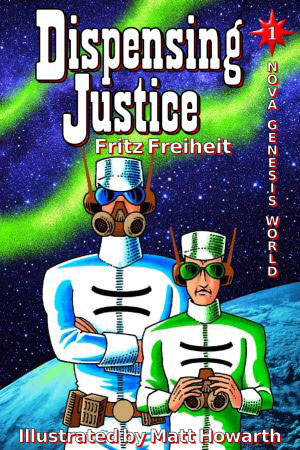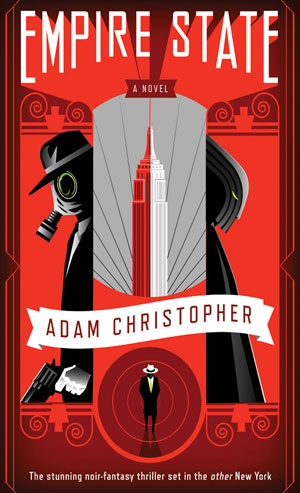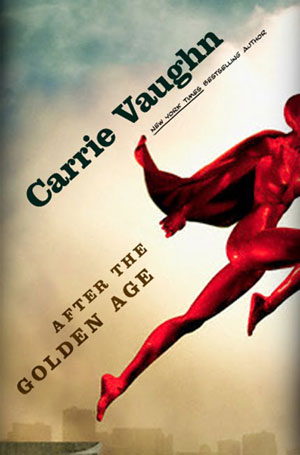Friday, Friday, Gotta Get Down on Friday
The Friday Society by Adrienne Kress
So here’s this fun little novel I stumbled across — it’s set around the turn of the century in London and stars three young women with interesting talents and general dissatisfaction with the way their lives are working out. Cora is a scientific and engineering genius who is frustrated that her boss, an MP and a genius in his own right, doesn’t seem to appreciate all she does. Nellie is an assistant for a famous magician, and while he does appreciate and support her, she dreams of having her own adventures. Michiko is a young Japanese woman, superbly trained as a samurai, but with limited skills in English and yoked to an abusive egomaniac.
What brings them together, besides random chance, is a villain — an ominous, powerful foe known as the Fog — who’s roaming the streets at night murdering prominent gentlemen and innocent flower girls, breaking into the Tower of London to steal the Crown Jewels, and eventually staging a daring and destructive attack on the entire city. The police are helpless, the greatest men in the nation are clueless, so what hope can we expect from a girl trained in the construction of steampunk weaponry, another girl who knows more about sleight-of-hand, trickery, acrobatics, and thievery than anyone else in the city, and another girl who is one of the most skilled martial artists in the nation? And if they know that their actions could have serious repercussions, what sort of disguises will they devise to protect themselves?
Verdict: Thumbs up. I’m not normally all that big on steampunk — I love it in theory, but it often doesn’t live up to my expectations. Still, I loved the stuffings out of this book — partly because it wasn’t entirely a steampunk story. You can’t expect a lot of faithfully rendered Victorian/Edwardian attitude — it’s really very anachronistic, as all three of our main characters generally talk and act like modern-day women. Honestly, I think that’s fine — this was designed as a young adult novel, specifically to appeal to girls, so I don’t see any problem with having our characters think like more modern women.
Which brings us to our characters themselves — Cora, Nellie, and Michiko are all total winners as characters. Cora brings the frustrated snark along with the brainy science, Nellie is part girly-girl, part swashbuckler, all enthusiasm, and Michiko is controlled, quiet, and generally confused by almost everything Cora and Nellie do. And they all work together really well. They all get individual moments to shine, and they all get moments where they shine as a team. They even get moments where they fail to shine, just to show that their not perfect, unstoppable heroes.
I am fairly impressed that Kress specifically planned to have Nellie be the character most fond of stereotypically girly pursuits, primarily for the sake of realism — plenty of girls like dresses and shoes and sparkles while still being awesome, so it makes good sense to give them their own character.
The action’s great, the mystery is fun, the plot twists are entertaining. I suppose I should’ve figured out what kind of disguises they were going to come up with, but I didn’t, so that added to the fun, too.
If I’ve got a criticism, I’d say I wish Michiko had known a bit more English. There were too many scenes that featured Cora and Nellie talking to each other while Michiko stood by silently. But hopefully, that will be less of a problem in the sequels (and I hope there are sequels on the way).
It’s a good book. Go pick it up.
Comments off

